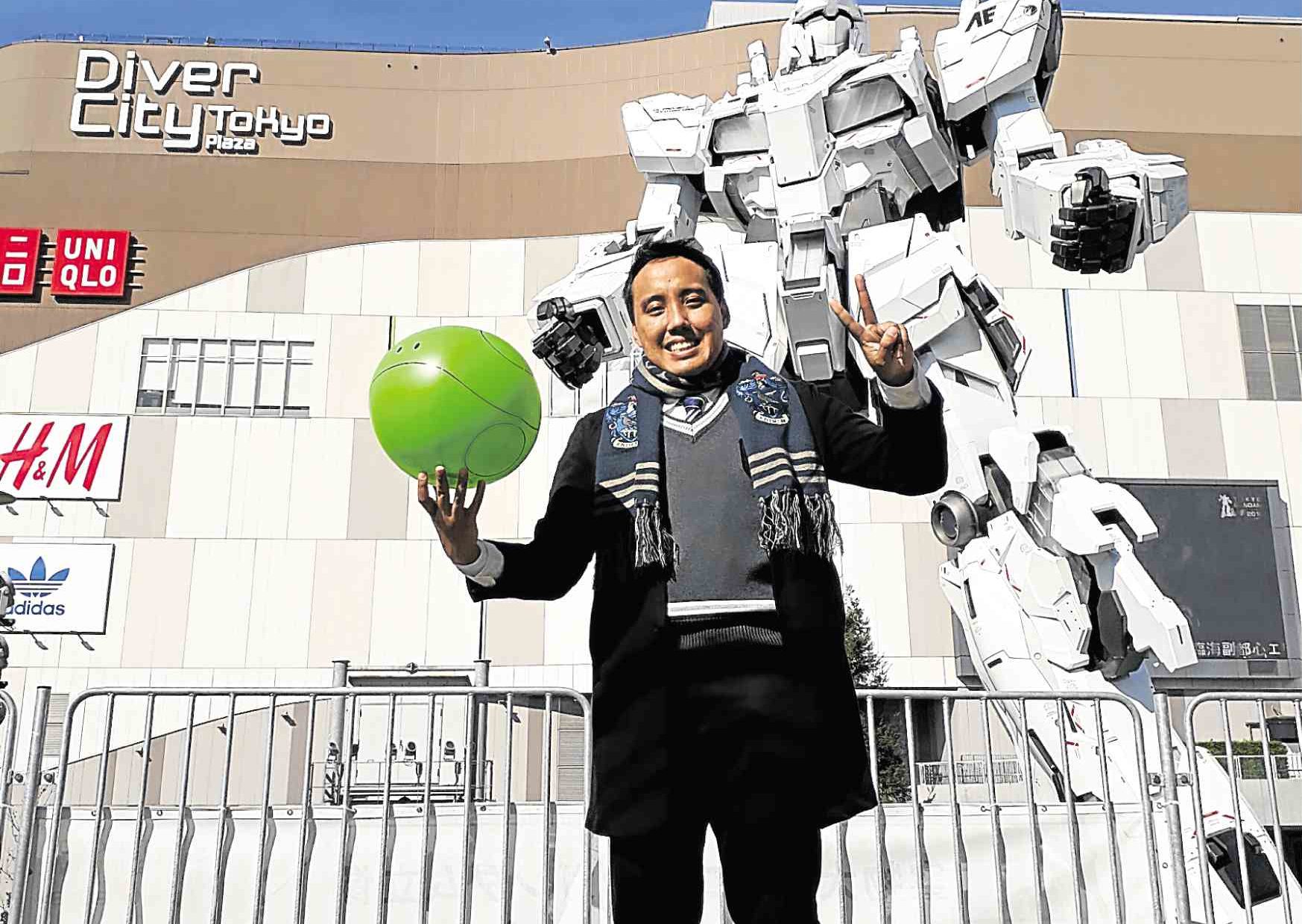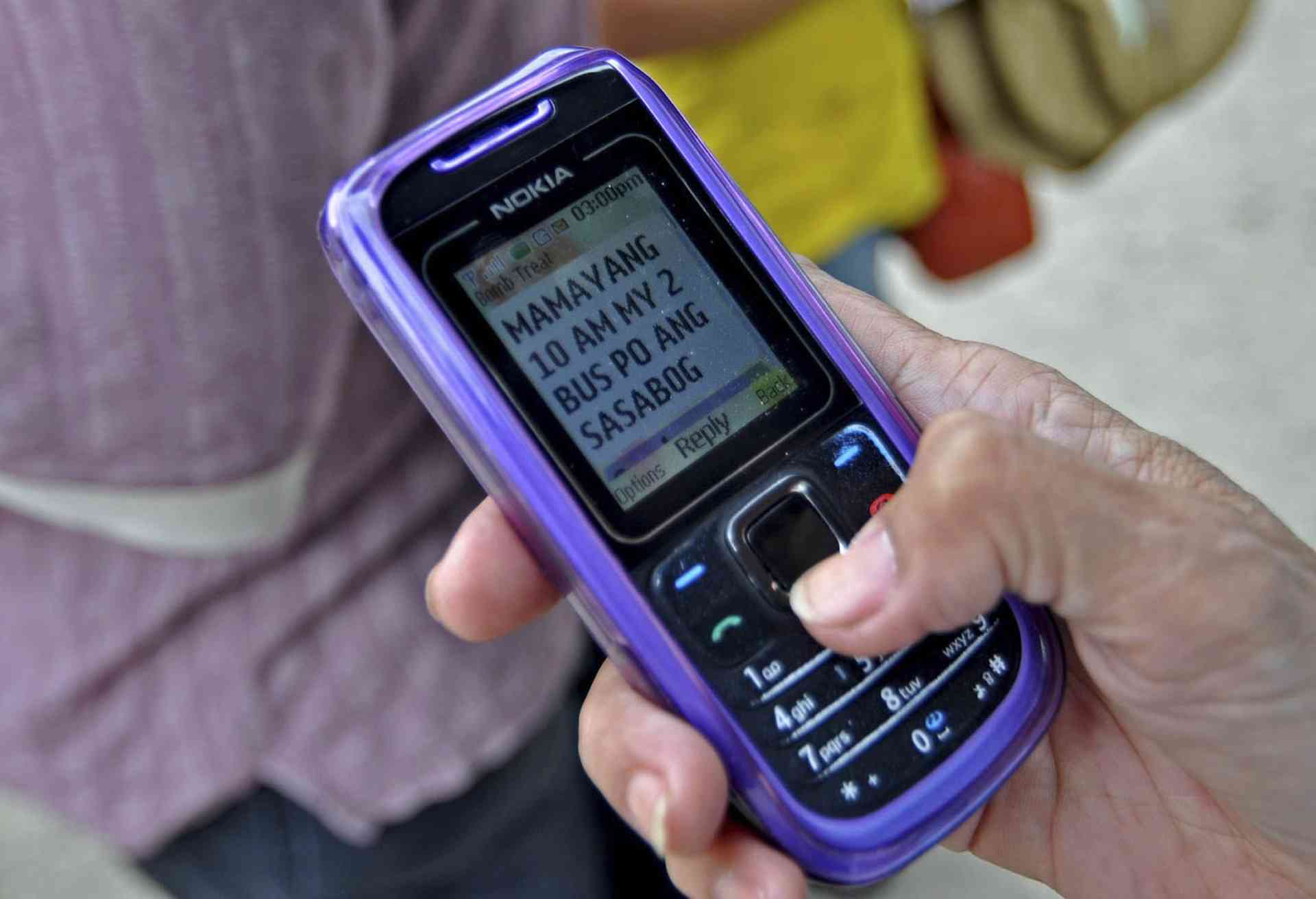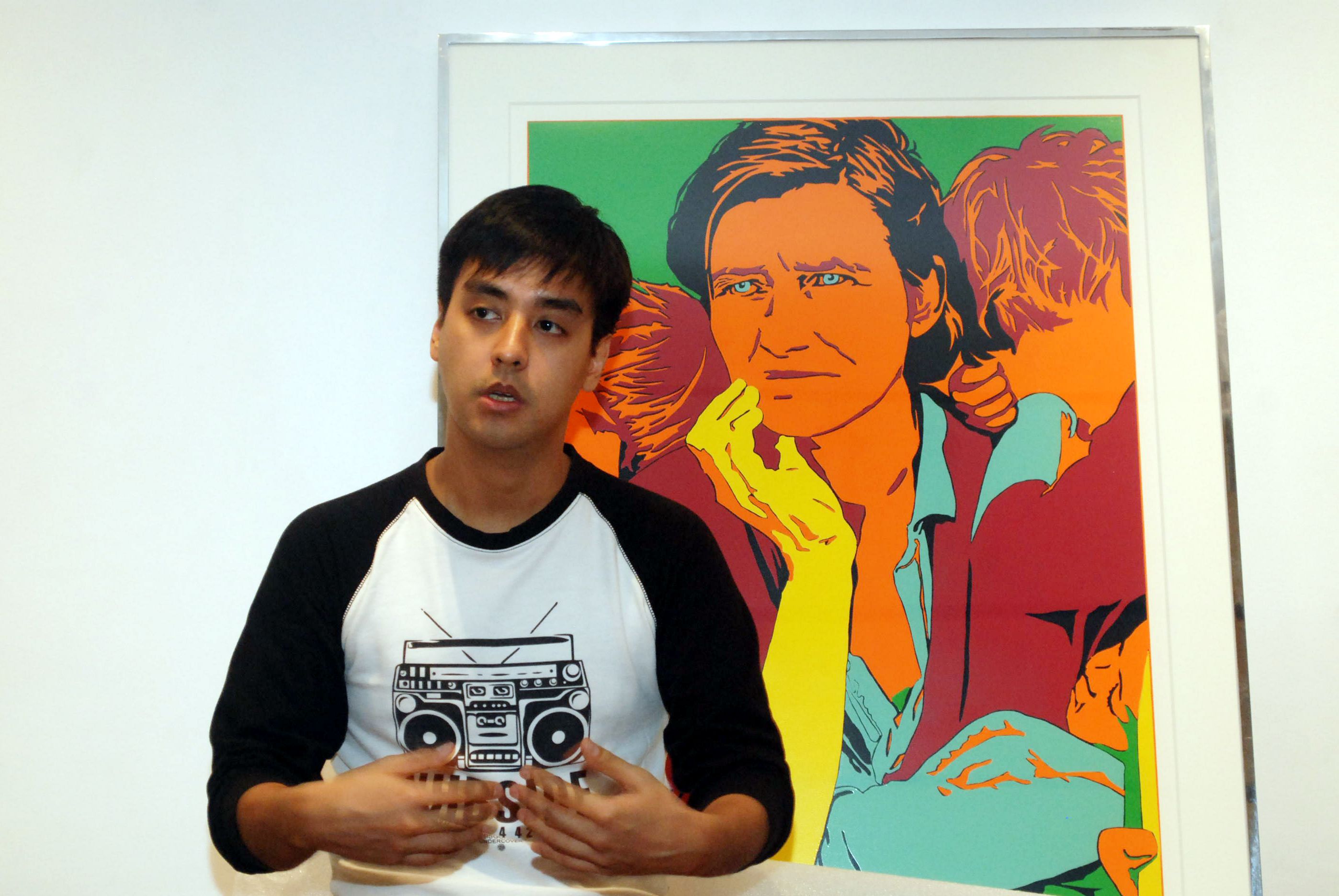HE HAD to be at least 60 years old, gnarled hands twiddling a cigarette stump, face etched with the lines of wisdom. Still, his eyes were young—and they always scanned the sea.
Inside a modest hut above the turquoise waters of Tawi-Tawi, sat Santarawi Lalisan, a Badjao elder reputed to be among the best free divers in the Philippines. Beside him sat his stoic son, Piram Li.
“My father can dive to 80 feet and stay three and a half-minutes underwater,” said Li. “My older brother Bruce Li (yes, named after the legendary martial artist) can hold his breath for over two minutes. Good, but not as good as father.”
We had traveled to the southern tip of the Philippines—slipping in and out of alleyways and stilt houses, between old ways and new practices, between today and tomorrow—to meet the Badjao, a resilient people standing at the edge of change, but reluctant to jump in.
I asked Lalisan how it is that his people can dive so deep, and he cupped his ears to listen. Decades of free diving to improbable depths had burst both eardrums, robbing him of good hearing. The old man pointed to the ocean, answering in Sinama, the dialect of the sea-people.
“Because we grew up there.”
Legendary free-divers and seafarers, the Badjao are intimately attached to the sea—possibly more than all other cultures. Many live their entire lives in houseboats, coming ashore only for repairs, to trade and to die.
Also called Bajo, Sama Dilaut or Orang Laut, the Badjao have inhabited the waters between the Philippines and Borneo long before Malaysia, Indonesia, Brunei or the Philippines became countries. Yet, few Badjao consider these nations their own. Gentle to a fault, they are among the poorest and most oppressed people in Southeast Asia.
Historians say the Badjao emigrated from Borneo to the Philippines over 500 years ago—but elders claim they are descended from the royal guard of a Bornean sultan, cast out to forever look for a princess who had been claimed by the sea.
Today they are expert fishers, hunting their quarry with nets, spears, even their bare hands, sometimes groping for ferocious moray eels with just their fingers.
Guided by Allah and Omboh Dilaut—God of the Sea—they travel the oceans in boats or live in precariously-perched stilt villages, where men relax and women weave colorful mats, grow seaweed, dry fish and take care of their mischievous, high-diving children. Their breath-holding and free diving abilities are well-known, allowing them to gather fish, sea cucumbers and shellfish at depths most scuba divers would think twice about.
Gentle as they are, times have been rough for the Badjao, who have endured decades of ridicule and hate.
“Most are little more than beggars and thieves,” commented my guide, as we walked through a crowded refugee camp in Zamboanga City, site of a recent clash between the government and Islamic militants. The 20-day battle gutted 10,000 houses and displaced 116,000 people—mostly Badjao—from their seaside homes.
In Sabah, Malaysia, we were warned never to venture too deep into the labyrinthine mazes of the Kampong Ayer – the water villages. By a floating village near Brunei’s Bandar Begawan, a passenger remarked, “They are dirty and lazy. Few have jobs.”
Even in Manila, many laugh at Badjao children drumming on scrap tin cans for change. In the age of Facebook and Instagram, few Badjao are literate. Most don’t know how old they are and some don’t even have names. Education drives have made some progress, but owing to the Badjao’s natural distrust of land-dwellers, the vast majority remain on the fringes of society.
The sea itself is changing and seemingly, has turned against them. “We work harder now to catch less fish than we used to,” admitted Billy Atung, a former blast fisher who lost his right hand when the explosive he was using went off too soon. Many Badjao have been forced into illegal means to make ends meet. By a deserted highway in Bongao, capital of Tawi-Tawi, we encountered a Badjao boat laden with illegally-harvested coral.
Climate change is looming as well, another blow to the already precarious life among the Badjao. In August 2006, huge waves, some higher than ten feet, swept inland to destroy almost 1000 stilt houses in Tawi-Tawi. Four were killed and 6,200 were displaced.
Explained oceanographer Dr. Filemon Romero, “The mangroves, reefs and sand bars that once acted as natural barriers to protect the area have since been destroyed. This coastal decline has left (the place) virtually defenseless against storms.”
Worst are attacks on the Badjao themselves. On January 3, 2014, policemen found a boat floating off the village of Manicahan in Zamboanga. Found aboard were eight Badjao, two of them children. All were shot by unidentified gunmen on Christmas Day 2013, and beheaded. Even for the peaceful, peace has remained elusive.
As I navigated through the network of rickety planks connecting a new Badjao village, this time near Bud Bongao, I noticed that nothing holds down the weathered wooden planks—not nails, nylon or cord.
The slightest distraction could mean a plunge into the iridescent waters of the Sulu Sea—not half bad, but I was toting a camera.
I felt like the Pied Piper of Bud Bongao, trailed by a little army of blond-haired kids. I peered into a house to see a lady weaving a lovely mat. I sat near her, with the giggling children clustering outside. “This is a tepo mat, woven from pandan leaves. It takes a month to make,” explained deeply-tanned Bunga Ridya. The mat is dyed pink and purple—the color of royalty.
This was what I came to see—the Badjao at their best, far different from the refugees in Zamboanga and the beggars in Manila. For the Badjao do not belong in ports begging for coins, or in cities drumming beats on tin cans. They are brave divers, skilled fishers, accomplished weavers. They are of royal blood—lords and ladies not on land—but of the sea.
As modern ways besiege age-old cultures, it might do us well to learn from the Badjao, instead of insisting they be more like us. For though education and eventual integration may ease ridicule and hate, emancipating them from their so-called backwardness might free them from who they really are.
I came to Tawi-Tawi to see the Badjao in their element; now I know why they call the sea home. Here, living on the fringes of society, there is no one to judge, or shun, or hate them. Here, they can be themselves.
The mat is finished and Bunga Ridya held it aloft. From the children came laughter, and from the sea a gentle breeze. •











































